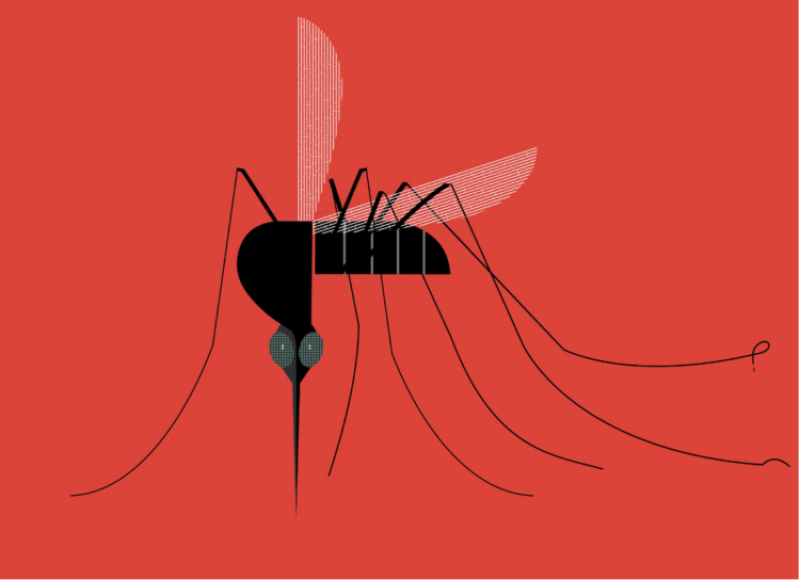Mosquitoes are very sensitive to CO2 and can sense a CO2 source that is many meters away. To separate living from nonliving sources of CO2, mosquitoes rely on the secondary olfactory cues that living animals produce. So, carbon dioxide production is the first mark of a mosquito magnet.
The human mosquito magnets you can spot at summer parties may have a genetically high metabolic rate or may be more physically active than other attendees. They may also be undertaking other activities that increase their metabolic rate, such as the consumption of alcohol. Increased metabolic rate is why runners attract more mosquitoes during their cooldown stretching exercises. Pregnant women, perhaps due to their increased metabolic rate, attract a disproportionately large number of mosquitoes as well.
Natural body odors are also important cues used by mosquitoes to select a host. For example, some species of Anopheles mosquitoes are attracted to specific components of foot odor. These mosquitoes transmit human malaria and feed indoors in the middle of the night. By feeding on a sleeping person’s feet, the mosquitoes avoid the head, where most of the CO2 is produced, and reduce the chance of waking the victim.































